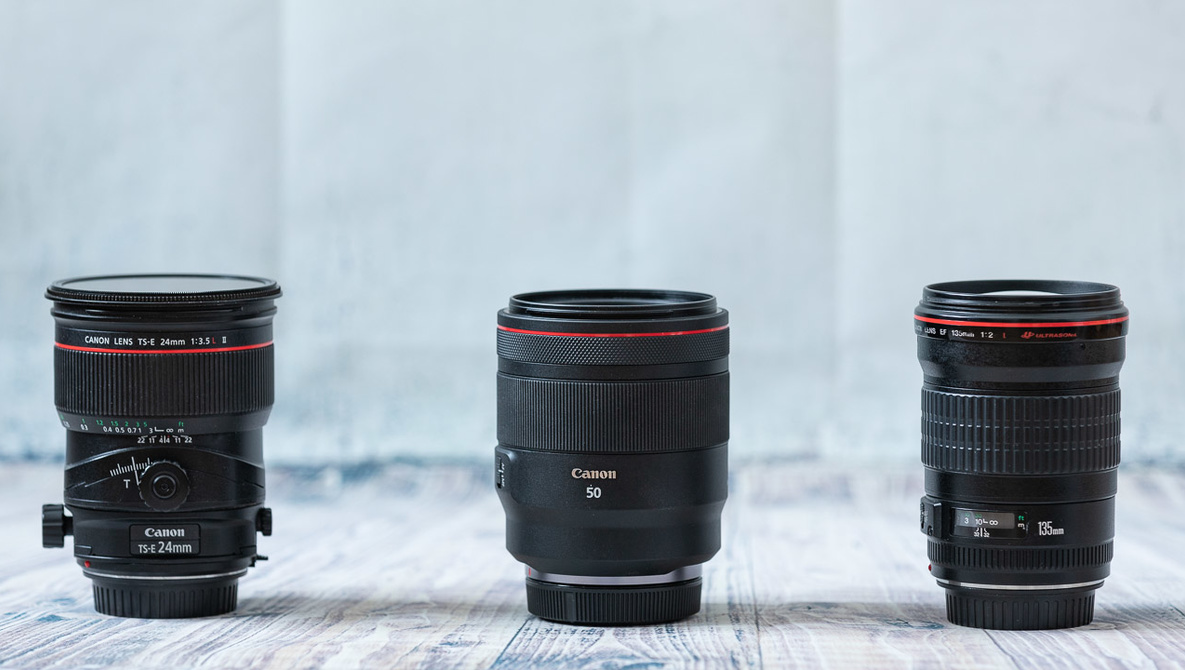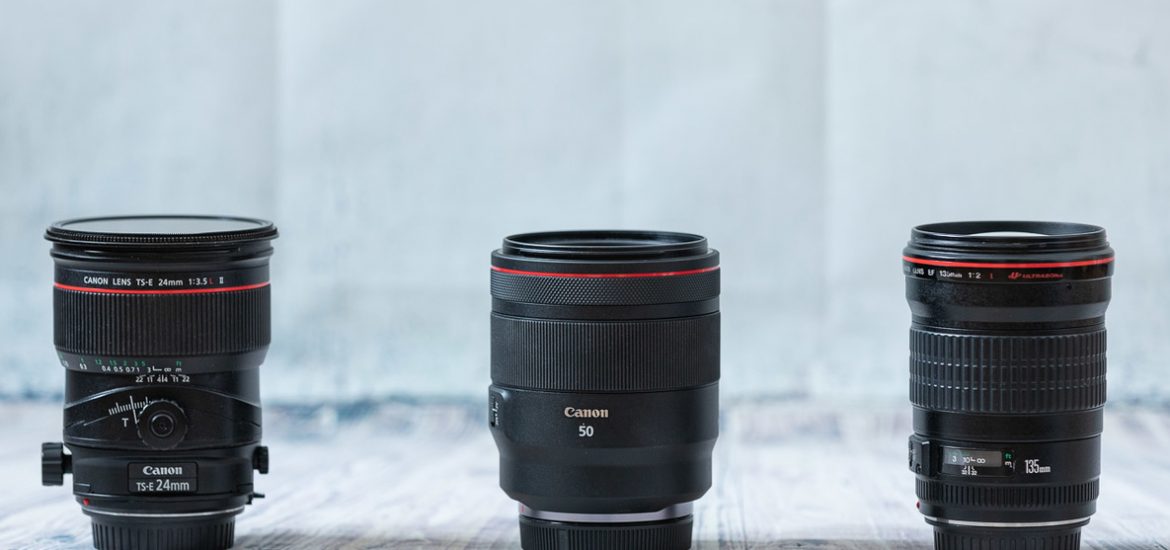
Zoom lenses are wonderful things. With one lens, you have a large number of focal lengths at your disposal. The adjustments are infinitely variable. But in reality, you can often shoot everything with only three different focal lengths. You may even benefit from it.
With two zoom lenses, you can cover a focal length range between 24mm and 200mm, or even more. If you add one extra zoom lens, the range can be extended to extremes if you like. So, why would you limit yourself by using just three lenses with a fixed focal length?
Although zoom lenses are very flexible, it is not always necessary to be able to zoom. In many cases, you can shoot anything you like with a wide angle lens, a standard lens, and a tele lens. I believe the lack of zoom may even force you to look at your subject in a different way.
Wide Angle, Standard, and Tele
When I was reviewing the Fujifilm GFX 100 back in 2020, I was offered to choose a selection of lenses for my trip to Lofoten, Norway. I decided to go for three primes: a 23mm wide angle lens, a 63mm standard lens, and a 250mm tele lens. These lenses were relatively small and easy to carry with me.
As expected, this threesome made it possible to shoot every landscape without problems. But I was forced to make a very conscious choice which lens to use. I had to think about focal length in combination with the distance to the subject. It made me look at the landscape in a different way. Losing the ability to zoom in and out made me consider my composition more careful.
To be honest, I liked this way of photography a lot. I have to be honest a second time also. The 102-megapixel sensor of the Fujifilm GFX 100 allowed a lot of post-processing cropping, which gave me extra flexibility. It made it easy to ditch the zoom lenses for this occasion.
Fortunately, I have a lot of experience with primes, not only from my days in the analog era but also from my portrait and wedding photography. I love using primes, and my favorite three lenses are 35mm, 85mm, and 135mm. I know I can shoot everything during a wedding with just these three focal lengths.
The Pros and Cons of Zoom Lenses
The benefit from zoom lenses is obvious. You have a lot of focal lengths to choose from. With the infinitely variable adjustments, you can frame your subject to extreme perfection. But having multiple focal lengths in one lens will bring some trade-offs.
Every lens has multiple elements to get the best possible picture quality. You need a unique combination of lens elements for each focal length. The perfect lens elements combination is impossible to achieve when having multiple focal lengths combined in one lens. It will almost always be a trade-off. If the focal range will become larger, the image quality will decrease even more.
That is why an 18-200mm lens is almost always worse in quality compared to a 70-200mm lens. Although the overall quality of modern zoom lenses is amazing, it is nearly impossible to get the best possible image quality with a zoom lens.
The Pros and Cons of Primes
With primes, the lens design can be optimized for that one single focal length. Image quality is at its best. If you are looking for the best possible image quality, a prime will be the lens for you.
The downside of a prime lens is the lack of a variable focal length. You have only one at your disposal. It means you need to move back and forth in order to change the size of your subject, or you need to change the lens for another prime that meets your demands.
A benefit of primes may be the smaller size, although modern high-quality primes are not small at all. And on top of that, you may need two or three primes instead of one or two zoom lenses. Perhaps this counteracts the benefit from a possible smaller size.
Looking Differently at Your Scenery
If you have only a few focal lengths at your disposal, you need to think more about the composition and the field of view. I think you will be more aware of the aspect ratio between foreground and background, a very important thing in photography that is often overlooked.
Manipulating the foreground and background can also be done with a zoom lens. But it is too easy to change the focal length without thinking about the aspect ratio. In a previous article, I wrote about the importance of manipulating the relative size of foreground and background. If you can’t zoom, you will automatically go closer or farther, away and you will look at your subject differently.
Post-Processing Cropping
Using primes will sometimes lead to photos that have a wider field of view than initially intended. After all, you only have three focal lengths at your disposal, and you don’t always have the possibility to change your position. If you find yourself in a situation where the standard lens is too narrow and the wide angle too wide, you may need to choose the wide angle and crop the image afterward.
This is why using three primes works very well with high-resolution cameras. You have the flexibility to crop without losing too much resolution. Using a wider field of view can also help during post-processing. You have the ability to rotate the image or to fine-tune the composition a bit without losing important details in the image.
Which Focal Lengths Should You Try?
For every photographer, there is another perfect threesome. As mentioned, I use a 35mm, 85mm, and 135mm lens for my weddings. But someone else may prefer a 24mm, 50mm, and 100mm. For a landscape photographer, I would advise something like a 17mm, 50mm, and a 200mm lens.
Just look at the metadata from your photography work, and you can discover which focal lengths you use the most. Lightroom Classic is one of those programs that allows you to look at the amount of use per focal length. You will learn a lot about the focal lengths you use the most.
Have I Gotten Rid of My Zoom Lenses?
This article is not about ditching your zoom lenses. And I wouldn’t advise getting rid of your zoom lenses just because a prime can produce better quality images. With our normal use, the quality difference will be too small to notice anyway. If your photography benefits from zoom lenses, just keep using them.
The flexibility of zoom lenses is always a big plus over the primes. Although I love using primes, I also enjoy using zoom lenses. For holidays and travel, a zoom lens is very convenient, but also in situations where changing a lens will be challenging, very difficult, or very foolish. So, I won’t get rid of my zoom lenses. I will use them both and make a choice depending on the situation, but always with a strong preference for the primes.
Are you using primes or zoom lenses, and why did you make that choice? What do you think about the idea of using three primes instead of zoom lenses? Please share your thoughts in the comments below.
